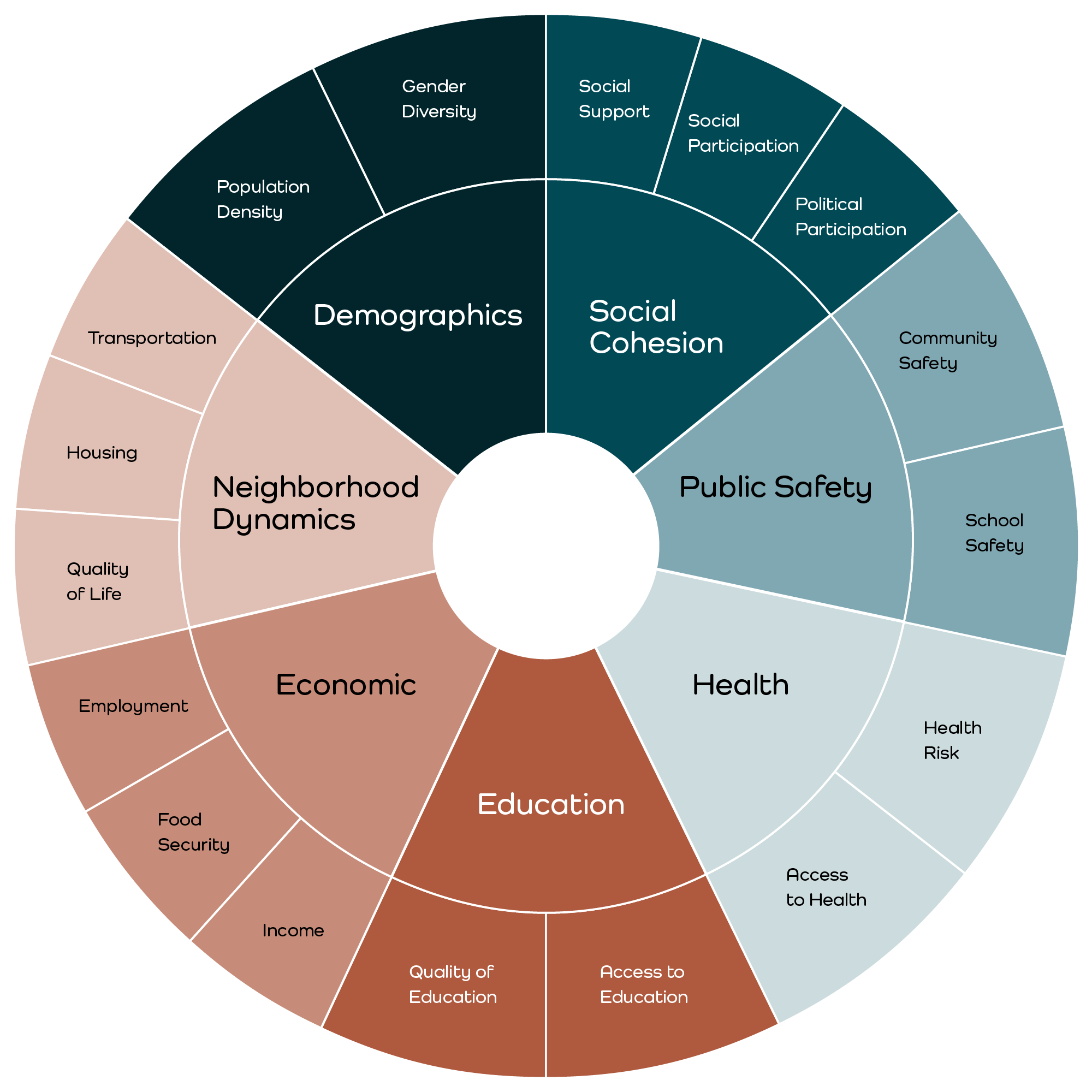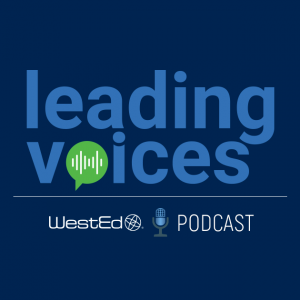A Comprehensive, Data-Driven Approach to Reducing Gun Violence
Posted on

Gun violence is a public health crisis that affects communities across the United States. By fostering a collective commitment to understanding and addressing this challenge, we can work toward creating safer environments so that all community members can thrive.
In the U.S., more than 40,000 people per year, on average, are killed by homicide or suicide in gun-related injuries. While state and city leaders across the country are working to reduce gun violence in their communities, many do so without collaboration across sectors, sufficient data on gun violence, and the community input necessary to make meaningful and sustainable changes.
The WestEd Justice and Prevention Research Center (JPRC) conducts nationwide research and evaluation to address justice, crime, violence prevention, public health, and safety. A new JPRC initiative, the Violence Prevention Navigation Framework (VPNF), helps state and local leaders gain a clearer understanding of the factors contributing to or preventing violence within their communities. With these insights and technical assistance, leaders are better equipped to develop policies and practices that support safe and equitable futures for children, youth, and adults.
This blog post explores VPNF’s novel approach to addressing violence.
Using Local Data to Create Systemic and Sustainable Change
A key component of addressing gun violence is understanding the unique challenges facing a community at the local level. But states and localities often struggle to take an inventory of what violence prevention efforts are already happening in their jurisdictions. Not having a complete picture often leads to the duplication of efforts.
Additionally, lack of data, specifically cross-sector data, can lead state and city leaders to large investments in siloed solutions, as well as ineffective and often controversial technologies and strategies.
“Historically, violence prevention efforts have been fragmented and underfunded, forcing localities to focus primarily on short-term solutions,” said the VPNF team in a recent Q&A.
Critical to the VPNF’s approach is the use of big data, machine learning, and local partners’ knowledge to analyze risk factors for gun violence. VPNF’s data analysis comprises over 70 community- and society-level factors that act as risk factors for or protect against community gun violence. The following wheel highlights some of these factors.
Their technology then analyzes these data and lists the factors according to their level of impact. It can also show how each factor has changed over time.
Providing Evidence-Informed Recommendations for Sustainable Improvement
Through interviews and surveys with community and government interest holders, the team works to identify the factors influencing local gun violence. This approach helps prioritize those with the greatest impact, whether positive or negative.
“By conducting interviews and surveys with key community and government members, including those directly affected by violence, we can uncover the reasons behind these factors and incorporate the people’s perspective to complement the quantitative data,” said Lori Toscano, Director of Justice Technical Assistance. “Ultimately, this approach provides city leaders with a comprehensive understanding of the community and societal root causes of gun violence in their community.”
Based on the data, the team provides leaders a series of recommendations for programs, policies, and strategies to address these identified factors. These recommendations will inspire data-informed funding and strategic decision-making to address root causes and historic inequities.
“VPNF provides a city with a stronger foundation for long-term gun violence prevention, based on comprehensive data and community input,” says the team.
Promoting Equity and Fostering Growth
Racial and ethnic minorities are disproportionately impacted by gun violence, which is highly concentrated in a relatively small number of neighborhoods that lack equitable resources and are racially segregated.
By analyzing local data on violence and conducting a thorough assessment of existing programs, VPNF helps jurisdictions in efforts to address historical inequities that are prevalent in Black and Brown communities.
Enhancing safety and well-being can help improve outcomes for all members of a community. Through practical, evidence-based solutions, state and local leaders have the power to make informed, strategic decisions about gun violence prevention.
Learn more about how the Violence Prevention Navigation Framework can help reduce gun violence in your community.
Read the Q&A With the JPRC Violence Prevention Team: Lori Toscano, Shaun Ali, and Kerwin Henderson.


